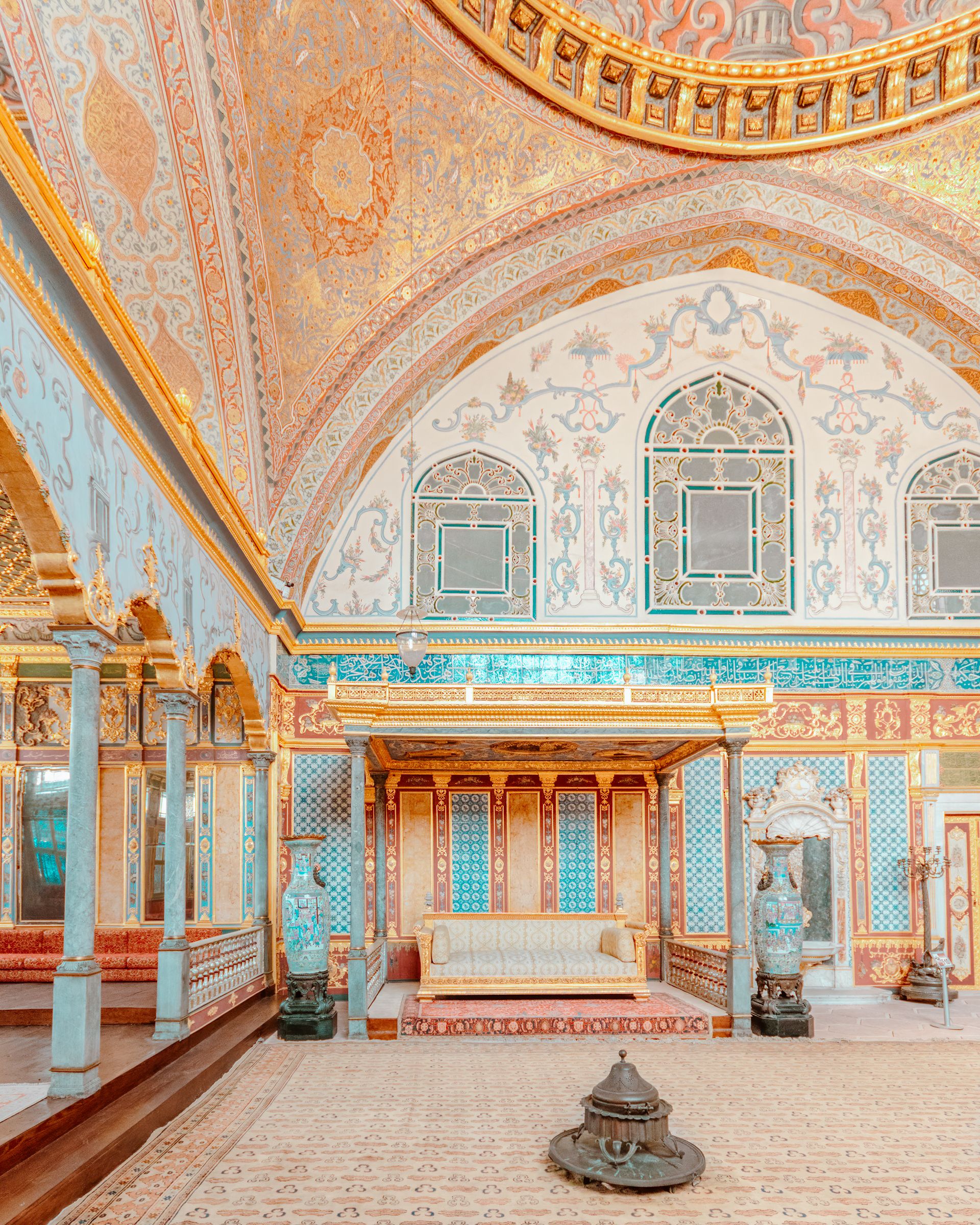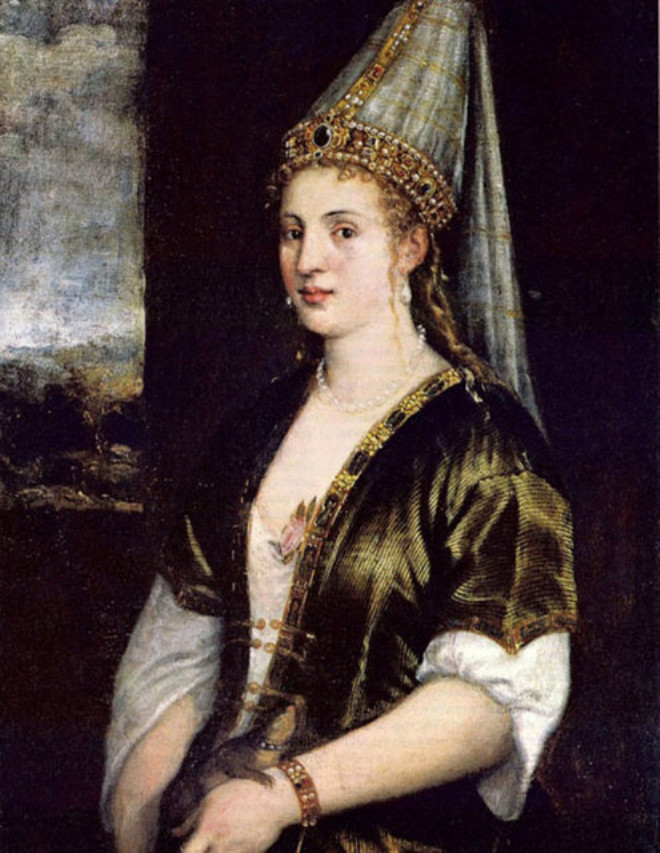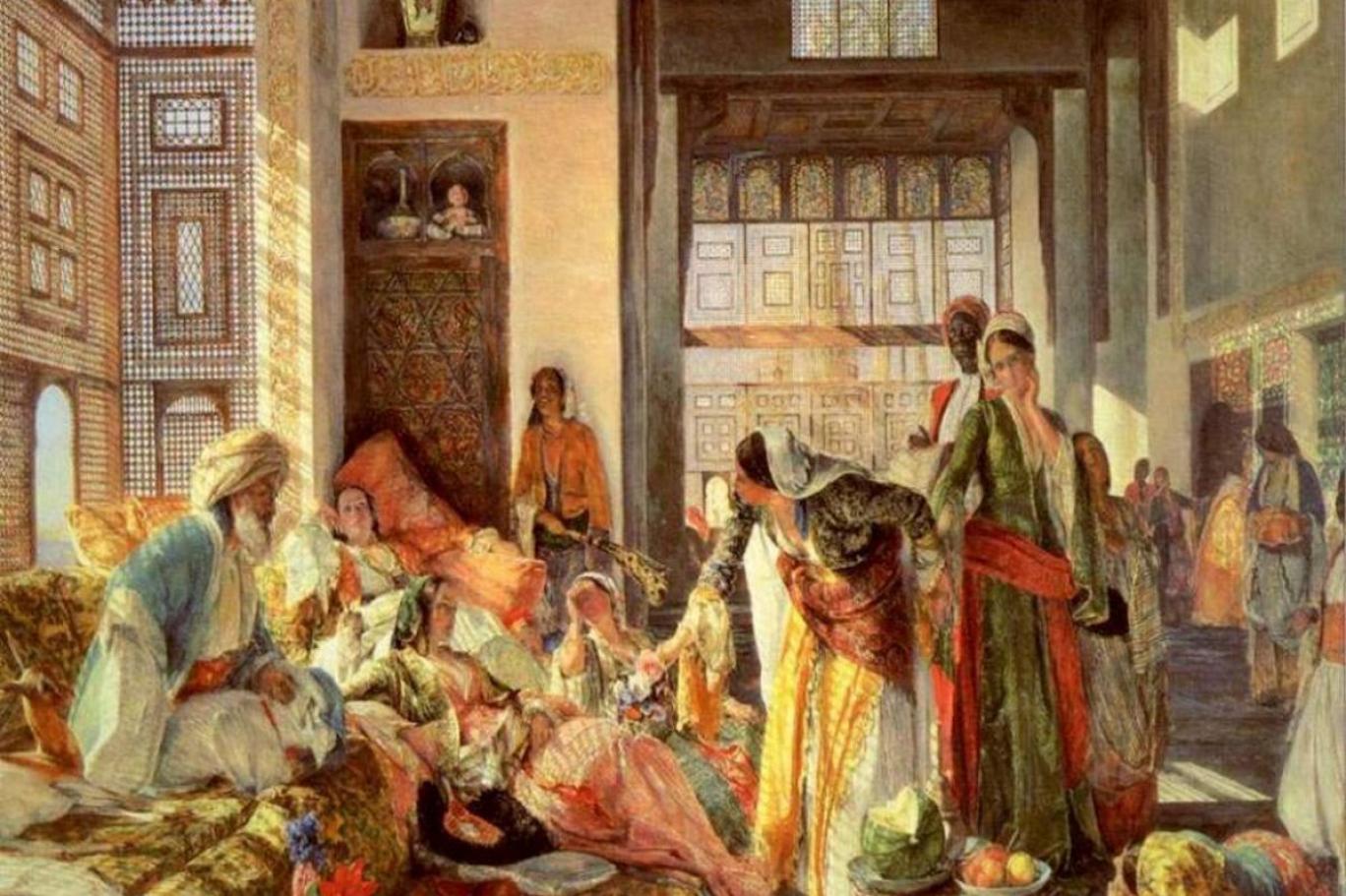We've all heard of the Ottoman Empire. Did you hear that the Ottoman sultans had a harem? So what was this harem? Why was there a harem in the palace?
According to Western travelers, the most beautiful and talented concubines were exhibited in front of the ruler in their most beautiful form, and the ruler would have left a handkerchief in front of his desired concubine that night and invited him to his evening room. Of course it was a story. In fact, it was one of the most innocent stories told about the harem. This and many other stories would blow the minds of western travelers and diplomats.
Signor Grellot, who was an interpreter at the Venetian embassy, was so impressed with these stories that he is said to have "peeked" the Ottoman Palace, and especially the harem, by having a large telescope built in his house, which overlooks the Topkapi palace.
This is just one example of the perversions committed by western travelers. There have been numerous attempts to enter the harem by secret means.
The reason for these behaviors was the wrong information about the harem and the stories made up. Harem; It is thought to be the place where only women are chased or where all sexual desires are satisfied.
So what was the harem, which was so curious, for which stories were told?
The dictionary meaning of harem is "untouchable, sacred". In the Ottoman Empire, the Harem is the place where the sultan lived with his family. Here, the sultan's mother, his wife, daughters, boys, and eunuchs, wealthy people, favorites, journeymen and concubines in the status of servants without rank lived here. For those who lived here, it was not only a home, but also a place where they studied. Here, arts such as literacy, marbling, calligraphy etc. were taught to them. training was given.
It was forbidden for those in the harem to go out even for shopping. For this reason, the products sold in the bazaar were brought to their feet.
Sometimes the leading theater groups of the country held a show in the palace, and sometimes local and foreign musicians gave concerts.
This secrecy was the main reason for the perversions of its travelers. Because the people who could get information about the harem were women or eunuchs. Women could not go out, and eunuchs did not give a single piece of information about the harem.
The contact of the women of the palace with a foreigner was only possible with the observation of a foreign doctor if there was no cure for his illness. This comes up with a limited number of examples.
This event of not even going out II. It continued until Mahmut. Afterwards, the women of the palace had many activities in their abayas and went to the recreation areas. The harem's opening to the world was possible with the dethronement of Sultan Abdülhamid in 1909.
The institutional structure of the harem started with Saray-ı Atik (Old Palace) built during the reign of Mehmet the Conqueror, then moved to Saray-ı Cedid-i Amire (Topkapı Palace) and then to Dolmabahçe Palace.
Mimar Sinan personally built the harem section of Topkapı Palace.

After a while, Saray-ı Atik (old palace) was used as a place of exile for the wives and daughters of the rulers who lost their lives or were dethroned and strangled. The women sent here will live here for the rest of their lives if they are not married.
There was a three-stage security system in the harem. Soldiers at the outer gate, eunuchs at the inner gate, and eunuchs at the last gate stood guard.
There was not a serious population in the harem because the prince who went to the sanjak took his mother and usually his sisters with him; but with the abolition of this practice, the number of people living in the harem reached serious numbers.
During the time of Orhan Bey, there were slaves in the harem and II. Marrying slaves with Beyazid had become a tradition. Certain criteria were set for the concubines who were later taken into the harem. The most important of these conditions were beauty and intelligence. Of course, the morality of the concubine was also of great importance. Concubines admitted to the palace had to be Muslims.
The number of women in a ruler's harem varied according to that ruler's expectations.
Women also had a say in Ottoman Politics;
In particular, clever sultans such as Hürrem Sultan, Kösem Sultan, Turhan Sultan helped their rulers in the administration of the State. Some sultans even acted as regents when the children of the rulers were very young. (see Kösem Sultan). These names are; He was making many critical decisions, from the change of the grand vizier to the military coup and the replacement of the ruler. The influence of the Valide Sultans and Haseki Sultans on the sultans led to their involvement in politics.

The patriarchal mentality argued that this situation was negative for the Ottoman Empire. There were even those who thought that the period they called the Sultanate of Women caused the collapse of the Ottoman Empire. The leading figures of the period, which was described as the Sultanate of Women, were Mahidevran Sultan, Hürrem Sultan, Nurbanu Sultan, Safiye Sultan, Kösem Sultan and Hatice Turhan Sultan. The common features of these Sultans are that they came to their position as concubines. They were included in the life of the palace as war spoils, gifts or purchased.
As a result;
Harem is not for pleasures of the sultans, it is the part of the palace where the sultan and his family, (Valide Sultan, Haseki Sultan, princes etc.) favorites concubines and concubines live and receive education. And many concubines were here and, so to speak, created their own reigns, mingled with the political environment of the state, and wrote their names in history.
References:
Çelik, M. M. (2019, 12 1). SARAY KADINLARI'NIN OSMANLI. Independent Turkçe: https://www.indyturk.com/node/98251/kültür/gerçekler-ve-efsaneler-arasında-haremcoulrophobia/ adresinden alındıTaş,
M. (2014). SARAY KADINLARI'NIN OSMANLI. Acamedia.


